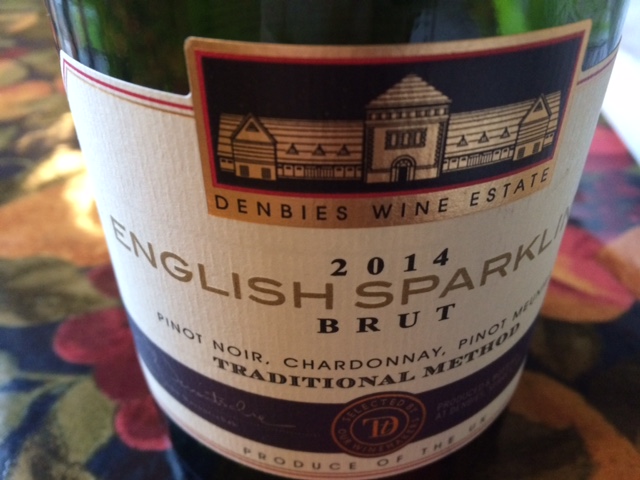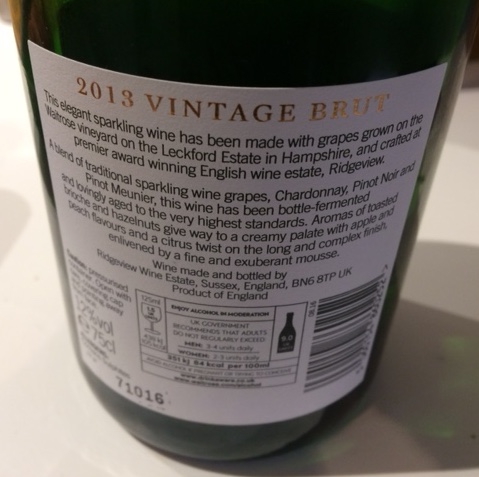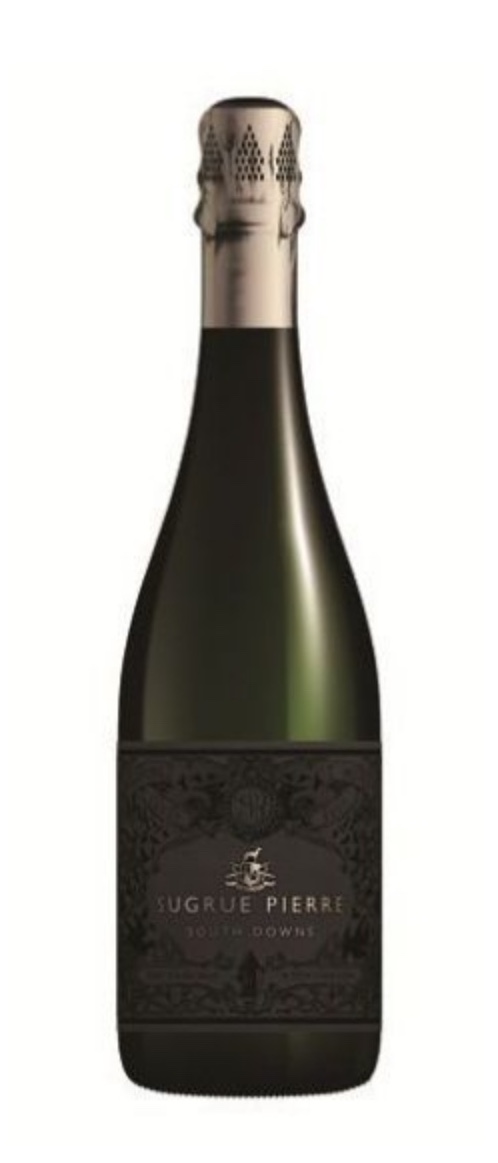
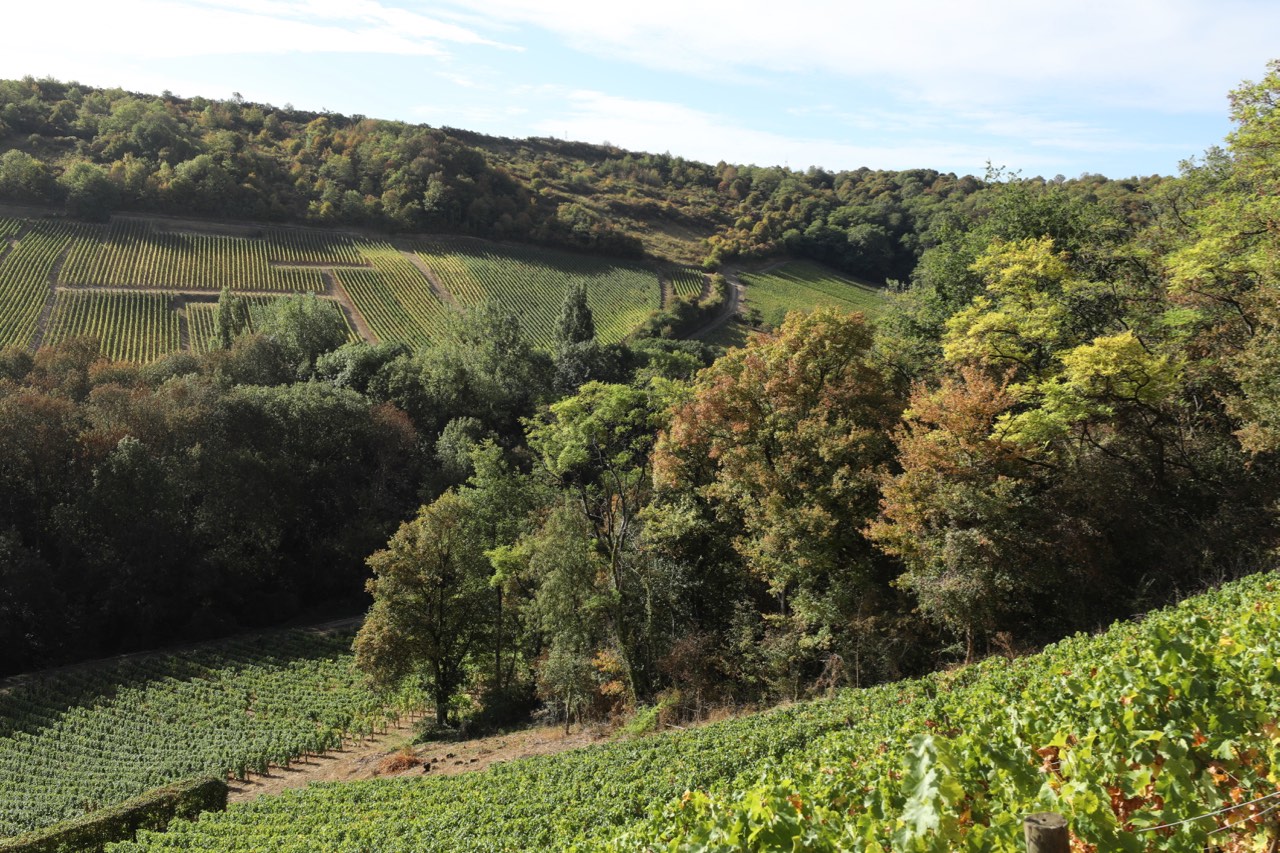
Time to look back as 2018 slinks away into history.
In the UK much time and money has been wasted on the nonsense of Brexit. The latest news that a £13.8 million contract has been awarded to Seabourne Freight (UK) Ltd to run ferries from Ramsgate to Ostend to help to ease pressure on the Dover – Calais route in the event of a No-Deal Brexit. Despite Seabourne Freight (UK) Ltd's (founded 5th April 2017) reassuring name the company owns no ferries and has not yet run a ferry service. Its directors, with one possible exception, appear to have had little experience of being company directors and running businesses. It has a share capital of £53 and the accounts as of 30th April 2018 show a loss of £374,275. They are signed off by 81-year-old Brian John Dawson Raincock....enough said!
Onto much brighter topics .... the 2018 vintage in the Loire and elsewhere looks very promising. Some including Alphonse Mellot Père have hailed 18 as on a level with 1947 – a big claim, indeed!
Certainly 2018 was overall a very hot year. For Indre-et-Loire with an average of 13.4˚C 2018 was the hottest year on record. However, it didn't hit the extremes as the highest daily temperature record wasn't close to being broken. That record is still held by 2003 (year of the heatwave) at 39.8˚C on 10.8.2003. This year's highest was 35.2˚C on 6.8.2018.
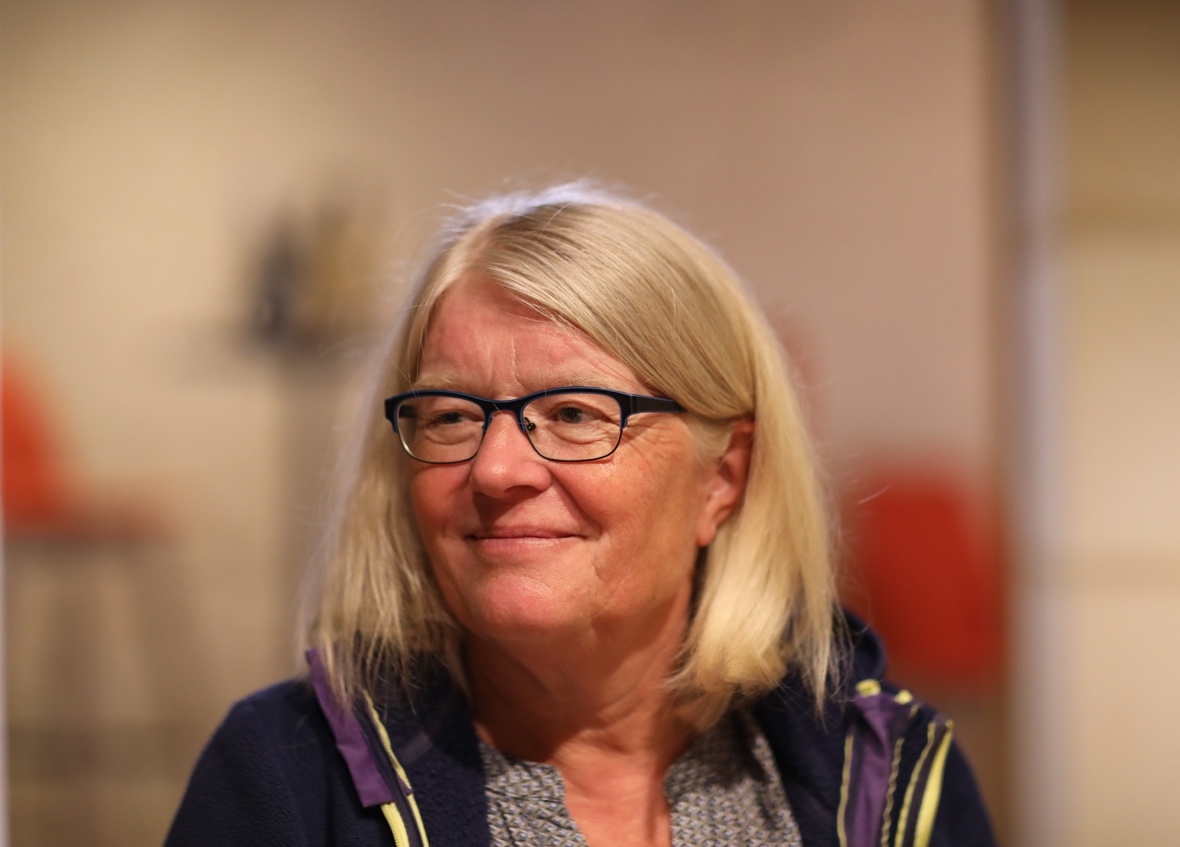
I visited Florence at the end of vintage. She was understandably happy with how the harvest had gone. Much of her crop had been picked before 9 am so that the grapes remained cool. They were further chilled down by the use of carbo-gaz – Florence was very enthusiastic about how well this technique works as were a number of producers in Sancerre.
She had an interesting comparison between 1947, 1959 and 2018. 1959 had certainly been a fine vintage but it was quite a small crop. It is now difficult to find bottles of 59, while it is easier to find 1947 as there was a larger crop. The remarkable thing about 2018 is that this vintage was abundant and well as being very high quality – a rare combination. Only those producers badly hit by mildew lost out on volume.
Looking ahead into 2019:
I am looking forward to going back to Millésime Bio and the Salon des Vins de Loire after a year's enforced absence due to my slip on black ice on 2nd January while in Scotland. It will be exciting to taste the 2018 vintage and to see how far it measures up to expectations.Will the Loire be blessed with its sixth successive quality vintage. Hopefully its vignerons will enjoy a second successive frost free spring... fingers crossed.
Unfortunately Brexit will continue to dominate UK politics. My hope is that there will be gridlock in parliament and that a People's Vote is held with Remain winning following a much more persuasive campaign than was run in 2016. My fear is that through a combination of blackmail – the horrors of No-Deal – and naked bribery (honours dished out to Conservative rebels) that May will squeeze her deal through parliament and the UK will leave the EU on 29th March. If this proves to be the case it will be a historically dreadful decision brought about by a troupe of very poor politicians in both of our main parties.
My best wishes for a very Happy and Successful 2019

